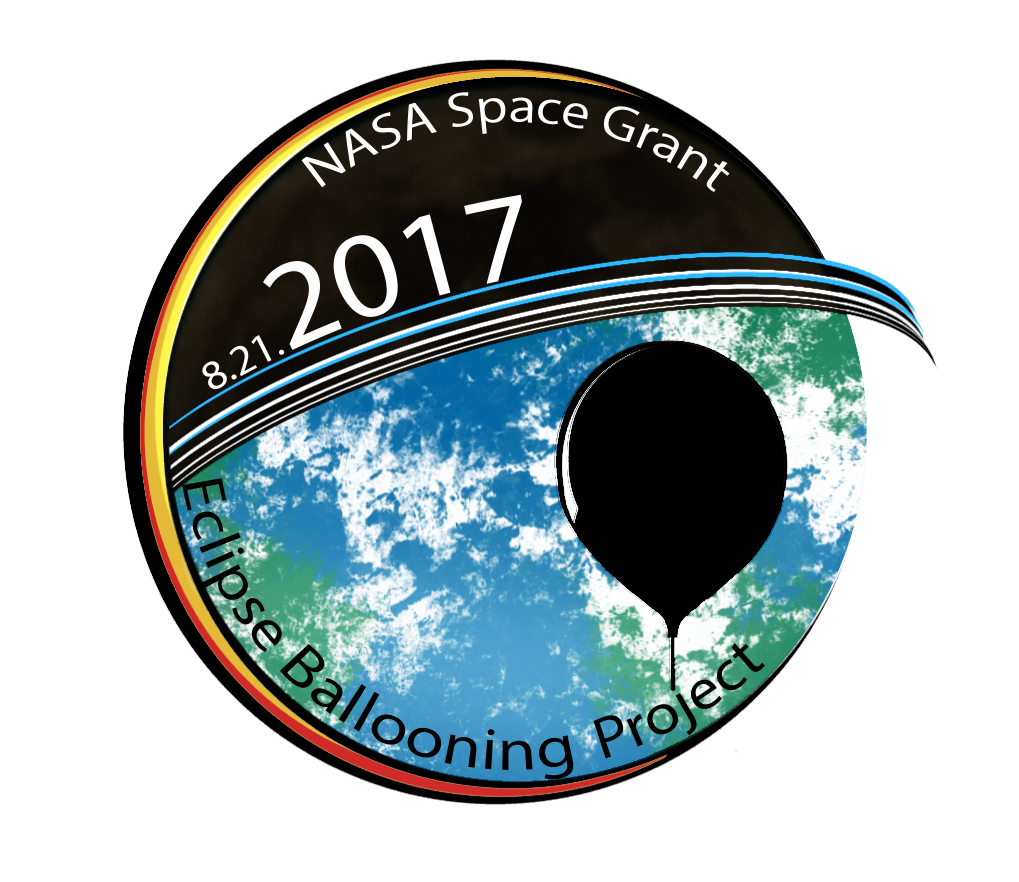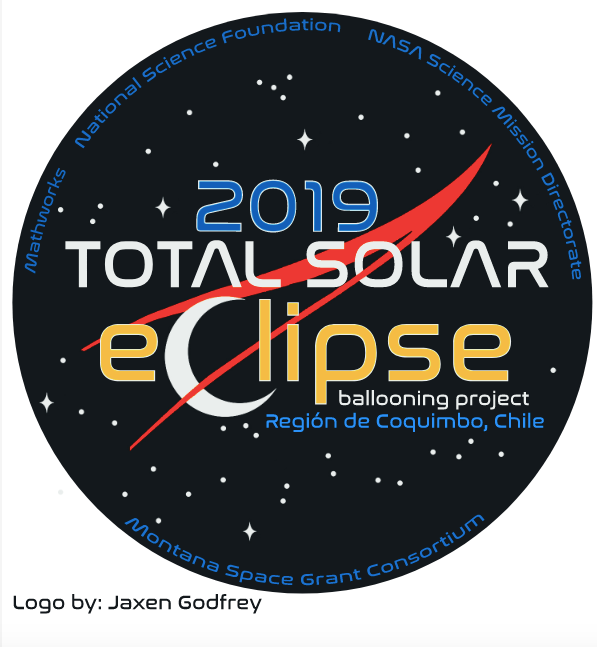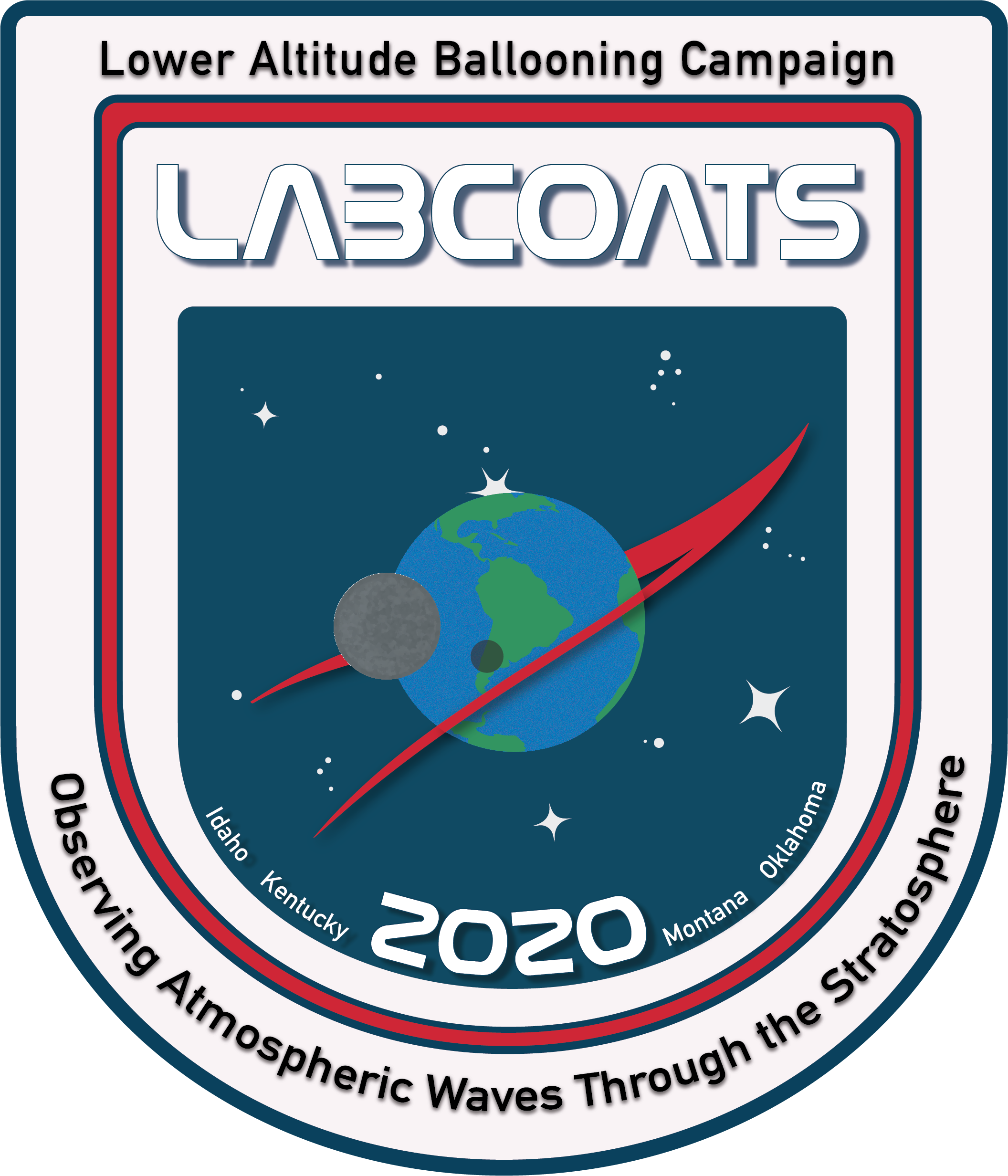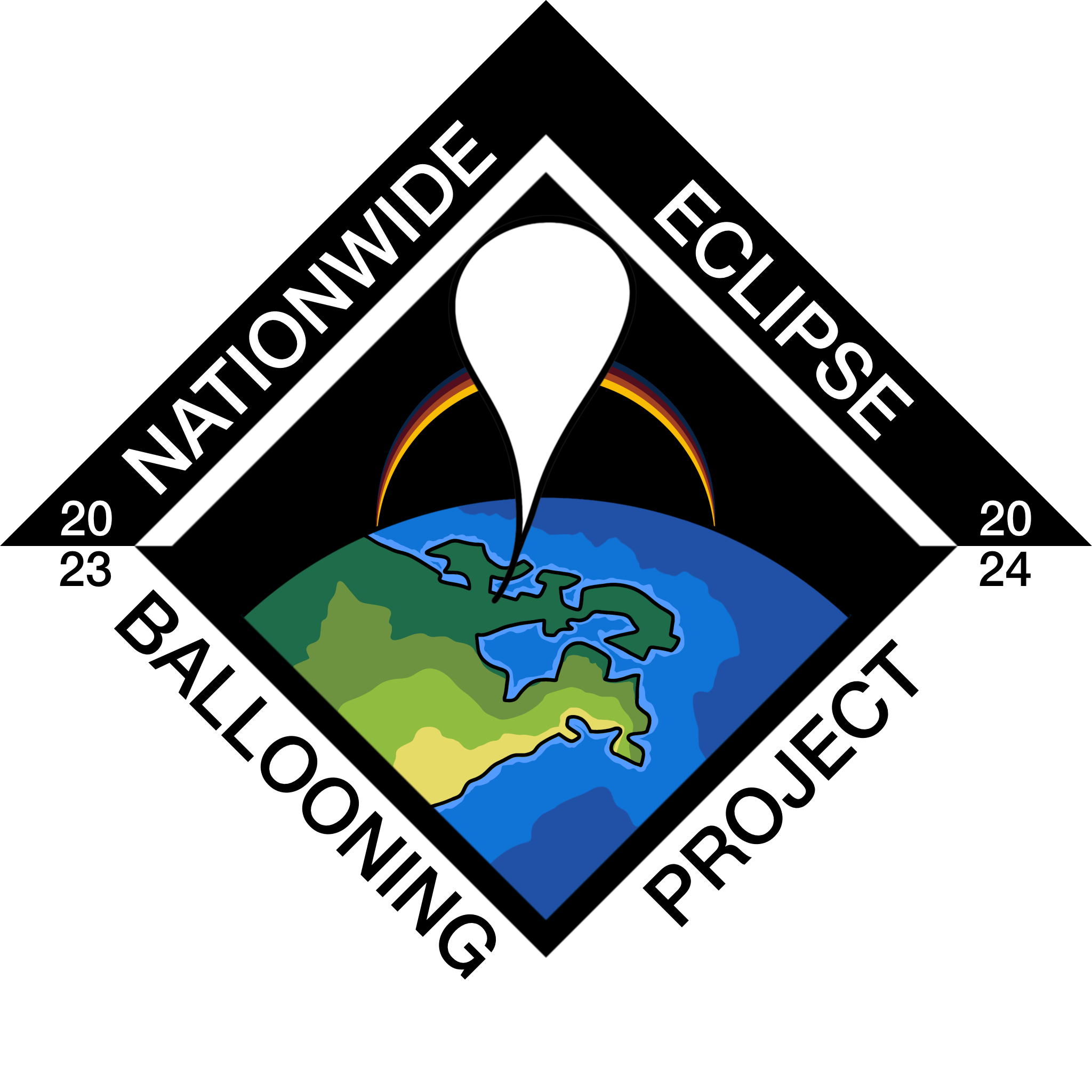Our Story
2017 Eclipse Ballooning Project

In 2014 we recognized that it was important to make the most of the natural momentum of the 2017 total solar eclipse. There was no nationwide structure in place to carry out a meaningful coordinated effort. Therefore, we designed the Eclipse Ballooning Project (EBP). The EBP combined existing Space Grant capabilities with cutting edge tools, resources, and communication to create a network of high altitude ballooning and radiosonde teams positioned along the path of totality.
2019 Eclipse Ballooning Project

With another eclipse approaching in 2019, the Eclipse Ballooning Project infrastructure was expanded. With a focus in studying gravity waves, the mission was set. This field campaign was the first total solar eclipse study to combine lower and upper atmospheric measurements to investigate propagation of the gravity waves through the entire atmosphere.
2020 Eclipse Ballooning Project

Replication of our 2019 solar eclipse research results and expansion to multiple sites remains a critical next step in the scientific process. On December 14, 2020 a total solar eclipse occurred over Chile and Argentina. Because the 2020 eclipse traveled west to east over the Andes Mountains, it represented one of the best opportunities within the next 28 years for direct comparison to our 2019 results and for spatial comparison among sites.
2023 and 2024 Nationwide Eclipse Ballooning Project

After the successes of the past eclipse projects, the Eclipse Ballooning Project expanded into a nationwide effort focused on the October 14, 2023 annular and April 8, 2024 total solar eclipses.
